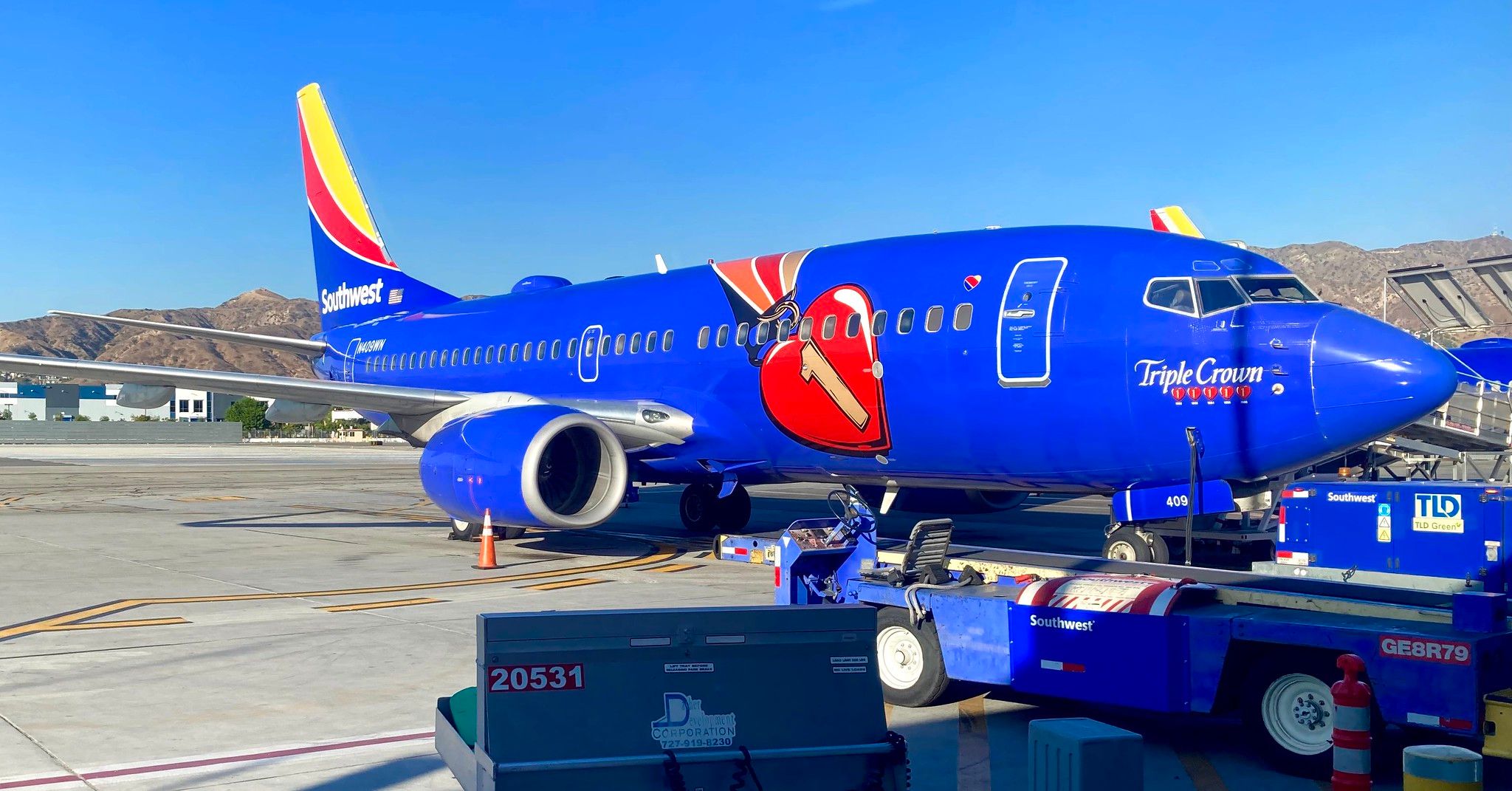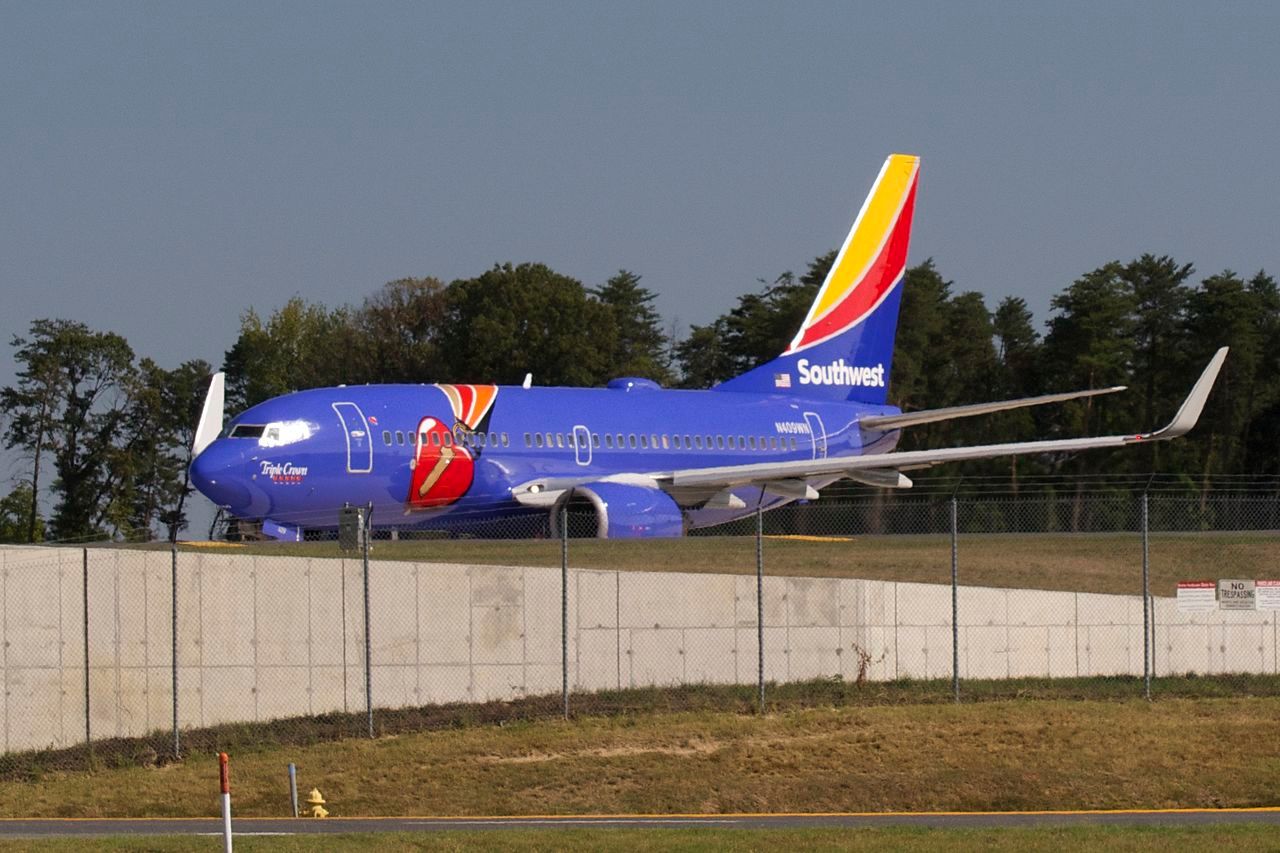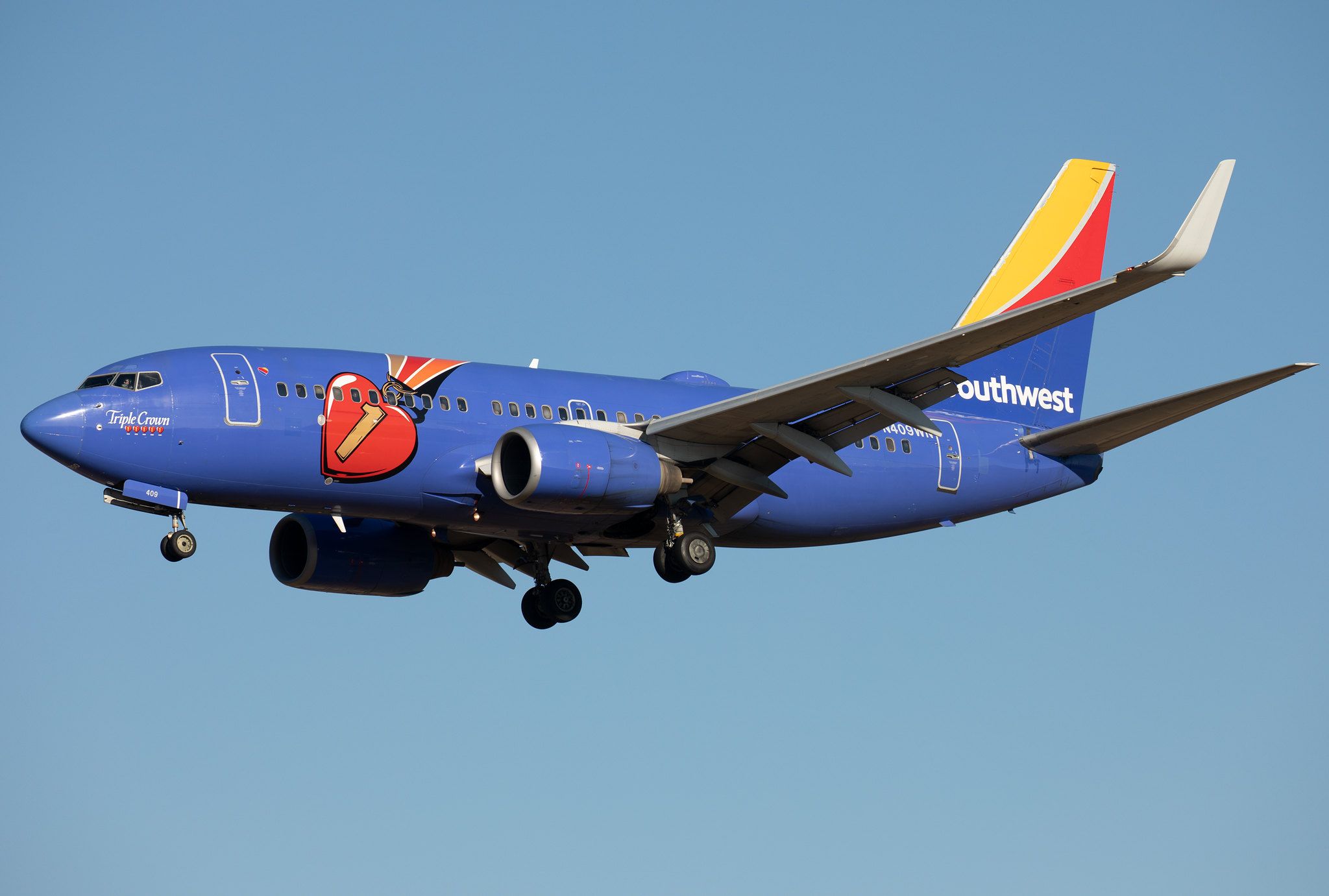Being a large country that spans several time zones, crossing the US is a time-consuming matter. While there are plenty of non-stop coast-to-coast connections, multi-stop itineraries provide more intrigue. This was the case for Southwest Airlines flight 247, which took an interesting route from Providence to Seattle.
Six legs across the country
Simple Flying was alerted to the existence of this transcontinental marathon itinerary by Bryce Rea, an avgeek whose travels are documented on the YouTube channel Skylite productions. You may remember his work from an article last year, when we talked to him about his experiences on 4 US Boeing 737 MAX operators' first post-recertification flights. If not, you can read more on the matter here.
At present, data from FlightRadar24.com shows that Southwest Airlines flight 247 presently refers to a short Hawaiian hop from Honolulu to Lihue. However, as recently as September 5th, the number was used on a six-leg itinerary (that retained the same aircraft and flight number throughout) that began at TF Green International Airport (PVD). This facility serves the city of Providence, Rhode Island.
Its ultimate destination was Seattle–Tacoma International (SEA), an airport that, currently, can be reached in just over nine hours when flying with Southwest via a change in Chicago. However, flight WN247 took somewhat longer.
Get the latest aviation news straight to your inbox: Sign up for our newsletters today.
Where and when
Looking at data from FlightRadar24, we can see that daring passengers wanting to travel on flight WN247 in its entirety, as Rea did on August 31st, were faced with a very early start. Indeed, its scheduled departure time from providence was 05:30, with the first leg to Chicago Midway (MDW) scheduled to arrive at 06:55. Its next leg, to New Orleans (MSY), was then scheduled to depart at 07:30.
The flight's arrival there (09:45) was then followed by another quick turnaround, as its next departure was set to take place at 10:30. This leg took it from New Orleans to Texas's Austin–Bergstrom International (AUS) in just over an hour, with its scheduled arrival time there being 11:55. Its departure from Austin (12:35) preceded the longest of the flight's legs, which took it to San Diego.
Here, WN247 was scheduled to arrive at 13:20, following a block time of two hours and 45 minutes. By 14:00, it was scheduled to be on the move again, and heading northwards towards another California destination in the form of Sacramento (SMF). A scheduled arrival there of 15:40 was followed by a 40-minute turnaround.
Get all the latest aviation news for North America here!
The end of an epic journey
After leaving Sacramento at 16:20 local time, Southwest Airlines flight WN247 was scheduled to reach Seattle, its final destination, at 18:15. As Bryce Rea explained in written correspondence kindly provided to Simple Flying, this marked the end of a 4,361-mile (7,018 km) journey that lasted almost 16 hours. He added that:
"Throughout the day, countless numbers of Southwest employees from gate agents, ground handlers, pilots, flight attendants, dispatchers, crew schedulers, aircraft schedulers, maintenance technicians, and so many others played roles in making sure flight 247 operated safely and on time."
With WN247 no longer existing as a six-leg transcontinental itinerary, Rea certainly made the most of his chance to take the flight while it was still around. His day was made particularly special by the presence of N409WN 'Triple Crown One' on the flight. Rea was given the chance to select the aircraft operating the flight, and this particular 737's special livery aptly pays tribute to the airline's employees.
With thanks to Bryce Rea.


.jpg)

